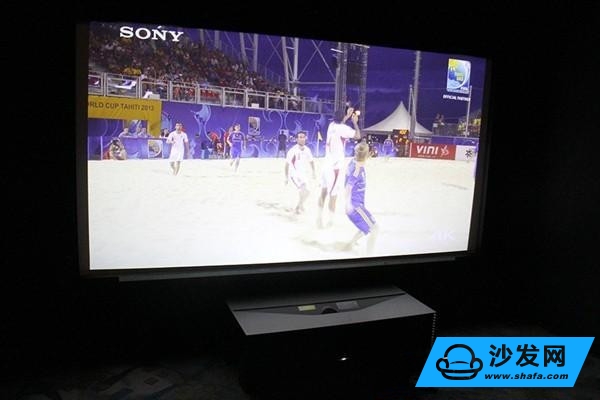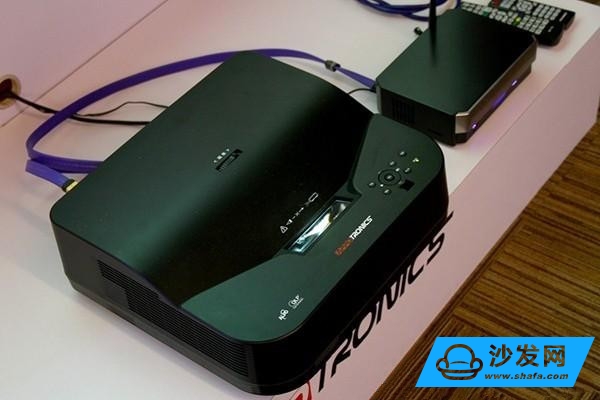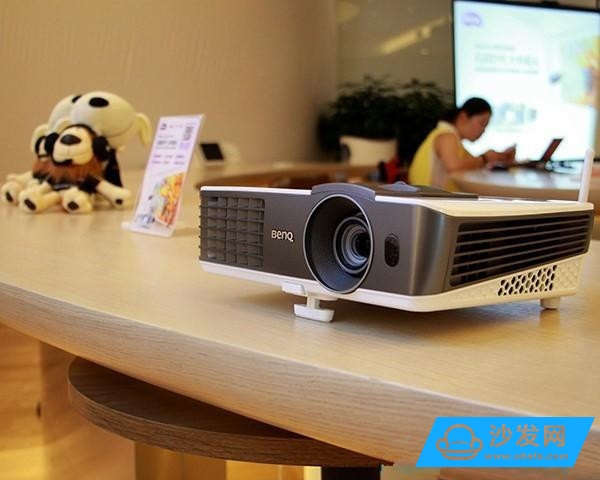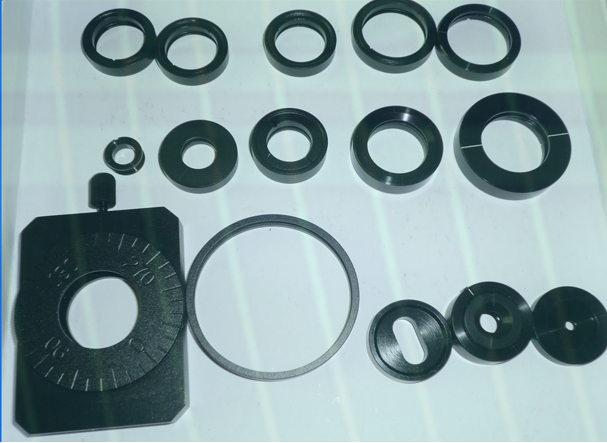Smart projectors and non-screen TVs have the essential difference
Non-screen TV is the new term developed in the last year or two, and it is also a new market opened by Extremely Technology to break the homogeneity competition of smart projectors. The essence of the non-screen TV is still the smart projector. There is no essential difference between them. The non-screen TV is just a distinctive term for distinguishing itself from the smart projector, and it is also a means of creating a brand awareness for the ultra-meter rice. This non-screen TV conceptually subverts the traditional concept of smart projection. Subsequently, it was used by many smart projector manufacturers. In fact, the projector has three major categories: laser projection, smart projection, home projection. Non-screen TV can be said to be the most striking definition in the projector market.
There is no difference in essence. Why is there no screen television? What kind of difference does it have with a smart projector? We will do a simple understanding:
What is a screenless TV?
Non-screen TVs are mainly divided into three types. The first one is a laser projector, which is almost the same size as a traditional projector. It uses reflective imaging technology to form a larger picture at a very short distance and applies the term “TVâ€. It is not an exaggeration, because it takes up less space than traditional projectors and does not require lifting.

Customized 4K laser projection
The second is that the smart projection that is very hot in recent years has also become a non-screen TV by many smart projection manufacturers. Due to its small size, it is called a miniature smart projector. However, due to the market's running-in period, smart projection technology still needs to go through the test of market and time. Compared with laser projectors, applying “TV†seems a bit far-fetched.

The third is the variant of traditional projectors, which is the addition of massive video resources and Android systems on the basis of traditional projectors, making projectors more practical, and also increasing the possibility of projectors coming into the home. Although this projector can lift and place the projection, it is completely a traditional home projection. Therefore, there is still some truth in the concept of applying non-screen TVs, while increasing the attention of the home users.
Analysis of the advantages and disadvantages of the three types of screenless TV
Laser projectors have attracted attention from many manufacturers and the media, both in guiding users' attention and technical reliability. Because laser technology began to be used in projectors, it became a source of pride for many manufacturers. However, until 2014, laser projection began to enter the user's life with mature products. It has good color, high brightness, and relatively high reliability. As a product itself, laser projection will replace the smart TV in the future will have great possibilities.

Advantages: brightness, color, picture quality
Disadvantages: Excessive prices (30,000 to 500,000)
Intelligent projectors and traditional home projectors play a very important role in the market for screenless TVs and are much simpler than laser projectors. Not only does it have the title of a non-screen TV, but it also has a lot of room for development in terms of brightness, contrast, color reproduction, and display technology. At present, some projectors can already reach 1080P. High definition resolution. This is also part of the current need for special research on smart projectors.

Advantages: The volume of the family space is small, easy to use can be put at any time, the price is moderate (1000 ~ 8000 yuan)
Disadvantages: Due to limitations in display technology, there is still room for improvement in image quality and performance.
The habit of using TV begins with the demand of living room entertainment, while traditional home projectors do the best in this area. They use the user's requirements to customize projector products. Although there is no essential difference with other smart projectors, the user's cost performance It is quite high. With the progress of traditional projectors, the problems of old-fashioned life and low brightness have also been further cured. This also allows more consumers to look to this market.

Advantages: retain the projector's traditional advantages, price, quality have a higher cost performance
Disadvantages: At the same time, it also retains traditional disadvantages. Lifting demand still plagues large consumers.
Coupletech Co., Ltd. also supply Opto-mechanics products including optical mechanical adjustments racks, Pockels Cell holder ( Q-Switch holder), water-cooled modules ( water-cooled holder ), air-cooled modules ( air-cooled holder ), Crystal Mount, Mirror Mount ( Optical Mount ), ploarizer holder and other optics-related products but also according to the customer's need to design and assemble the relevant systems.
For matching our EO Q-Switch, EO modulator, Optical Crystal and mirror, we offer all kinds of Kinematic Mounts, e.g. one dimensional, two dimensional, three dimensional and four dimensional adjusting mount, post, rails, brackets, bases, carries and clamps. Cooling module is suitable for higher power pulsed Q-Switched laser. Coupletech is constantly adding new opto-mechanics to better serve our customers.

Opto-mechanics
Optical Stages,Optical Mount,Optical Rails,Pockels Cell Positioner,Crystal Holder,Rotation Kinematic Mounts
Coupletech Co., Ltd. , https://www.coupletech.com